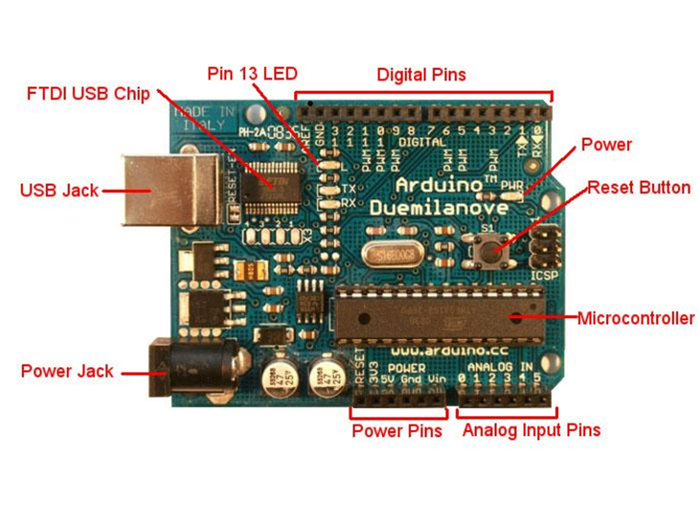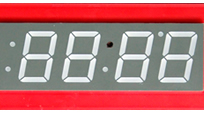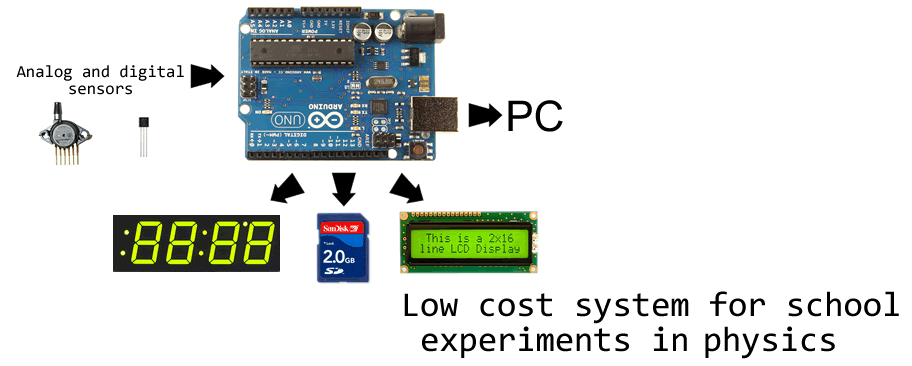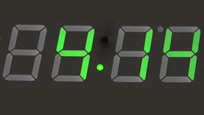What is Arduino?
Arduino (http://arduino.cc/) is an open-source electronics platform based on ATMega processor. It has analog and digital inputs, which can be fitted with analog and digital sensors to sense the eviroment, and analog and digital outputs, which can control lights, motors and displays. Arduino is a tool for making computers that can sense and control more of the physical world than your desktop computer. Arduino projects can be stand-alone, or they can communicate with software running on your computer.
Arduino simplifies the process of working with microcontrollers, but it offers some advantage for teachers, students, and interested amateurs over other systems:
- Inexpensive - Arduino boards are relatively inexpensive compared to other microcontroller platforms. The least expensive version of the Arduino module can be assembled by hand, and even the pre-assembled Arduino modules cost less than $50
- Cross-platform - The Arduino software runs on Windows, Macintosh OSX, and Linux operating systems. Most microcontroller systems are limited to Windows.
- Simple, clear programming environment- The Arduino programming environment is easy-to-use for beginners, yet flexible enough for advanced users to take advantage of as well. For teachers, it's conveniently based on the Processing programming environment, so students learning to program in that environment will be familiar with the look and feel of Arduino
- Open source and extensible software - The Arduino software is published as open source tools, available for extension by experienced programmers. The language can be expanded through C++ libraries, and people wanting to understand the technical details can make the leap from Arduino to the AVR C programming language on which it's based. Similarly, you can add AVR-C code directly into your Arduino programs if you want to.
- Open source and extensible hardware - The Arduino is based on Atmel's ATMEGA8 and ATMEGA168 microcontrollers. The plans for the modules are published under a Creative Commons license, so experienced circuit designers can make their own version of the module, extending it and improving it. Even relatively inexperienced users can build the breadboard version of the module in order to understand how it works and save money.
Plase see the picture for pin-out of the Arduino Duemilanove board:

-200 to 1400°C thermometer

Liquid nitrogen or flame of Bunsen burner? No problem! 1.2" LED display easily legible from any place in class.
Read more...

